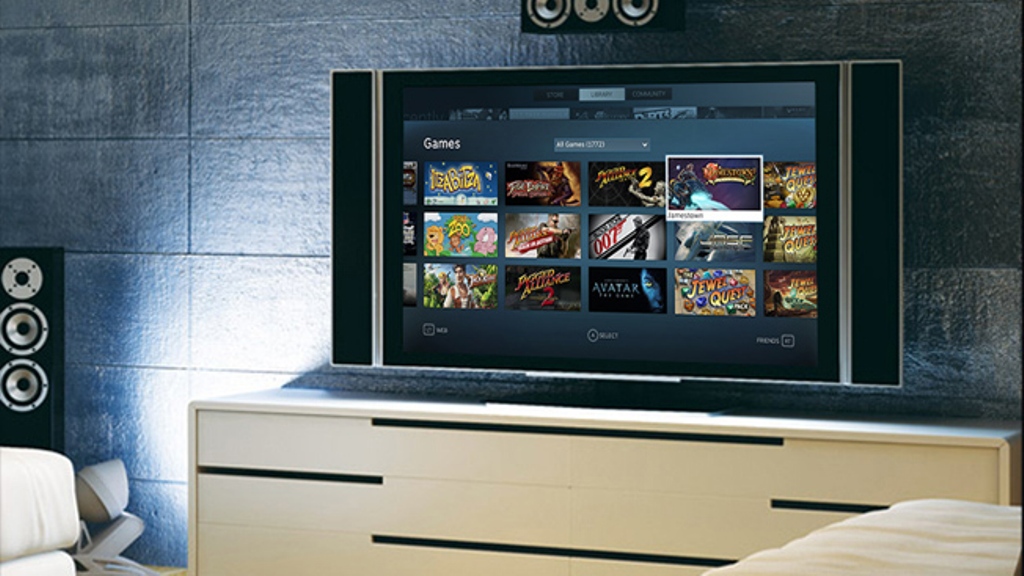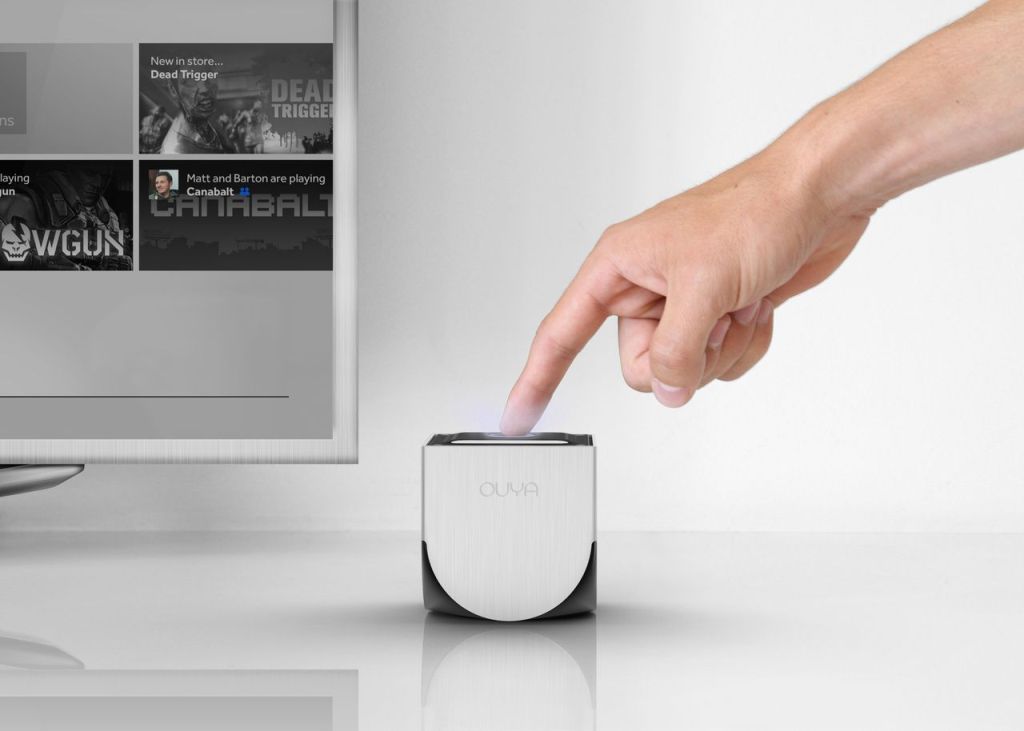Anyone even remotely associated with gaming knows about Steam. VALVe’s software evolved from being a lowly bare-bones digital-rights management (DRM) nuisance to a tremendously successful digital-content distribution system holding well over 80-85% of market share on PC.
VALVe recently rolled out Steam’s Big Picture Mode, a new UI designed specifically for TV’s making it easier for users who prefer console environments of sitting far away with controllers in hand. The push for BPM was quite substantial, as it had only been in beta for a few months. For a company like VALVe that operates in “VALVe Time“, it comes as a surprise that BPM would be released (and finished) so quickly, especially considering that PC games and gamers alike prioritize mouse and keyboard desktop settings.
During the Spike TV VGA’s we got our answer to this conundrum. VALVe co-founder Gabe Newell confirmed earlier reports this year about a possible console from the company, unofficially named the “Steam Box”. Via an interview with Kotaku during the VGA’s, Newell said the unnamed console would be a “turnkey solution” in terms of modifying, considering how easy manufacturers have made the process; Newell said it would be “very controlled” so that is indication enough about the console part.
It seems a bit odd for Newell to make the “very controlled” comment considering his recent thoughts on Windows 8 and subsequent push towards getting Steam on the open-source Linux, but I digress. Controlling your own hardware has its positives, such as better compatibility, optimization, and less time wasted on testing and coding for every type of set-up. It is clear that whatever this device is, it will be going after the next-gen consoles from Nintendo, Sony, and Microsoft (possibly even Intel’s mini PC’s).
The method on how this will happen leads me to believe that the Steam console will be based on cloud infrastructure Either that or the console will need some sizable space/expansion capabilities to hold my game library. Taking a look at the WiiU alone, consoles are getting smaller and smaller, which will probably continue with Microsoft and Sony. The XBOX “720” is rumoured to have no disk-drive, and with Sony’s $380-million acquisition of the Gaikai cloud-streaming service, it seems like the cloud is where gaming is going (what it seems like for the time being anyway).
This most likely holds no truer for an upcoming Android-based console called Ouya. Starting from a Kickstarter project, the Ouya idea got a massive upstart from donations and sponsorships, so much so that the timing is right on track with its roadmap as development DIY kits for the device are rolling out later this month. One of its many features, as you may have guessed, is cloud-gaming support via OnLive. Of course being ARM powered and running Android, the console is no power-house. However, and more importantly, it is targeted towards the casual gamer – someone who wants to relax on their couch and play with a controller and TV. VALVe’s answer to this for the time being is Steam’s BPM.
…so let us check out what all the hoopla is about surrounding Steam’s Big Picture Mode.
 Technology X Tomorrow's Technology Today!
Technology X Tomorrow's Technology Today!




“The method on how this will happen leads me to believe that the Steam console will be based on cloud infrastructure ”
Sorry, but this is ridiculously stupid. Valve doesn’t play in the cloud-streaming game and that game isn’t ready for prime time.